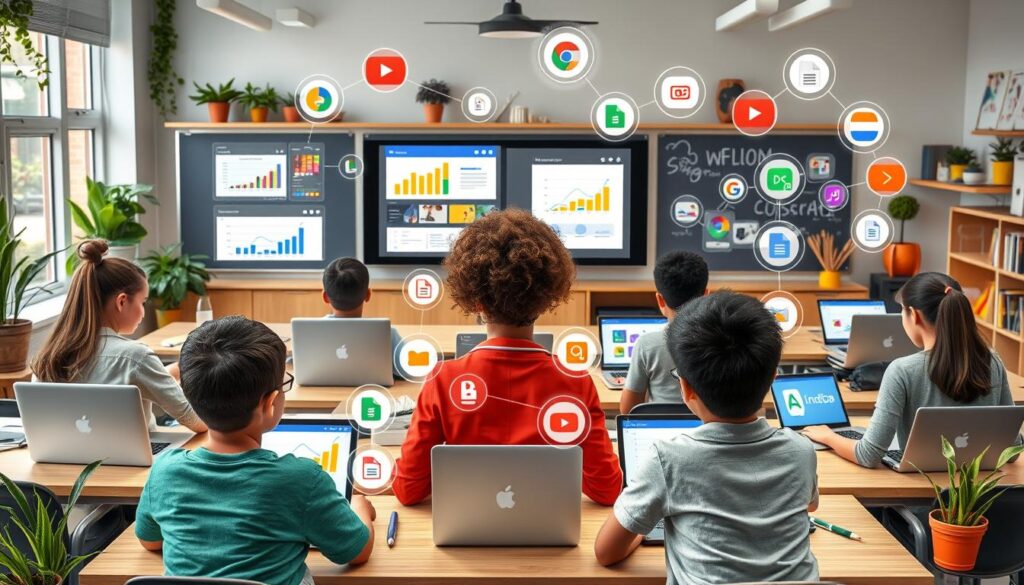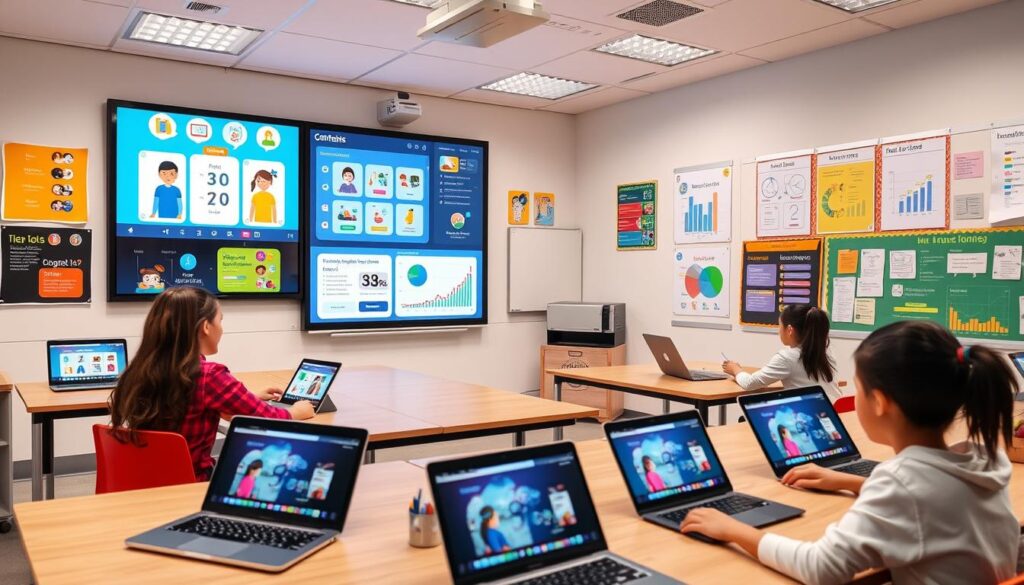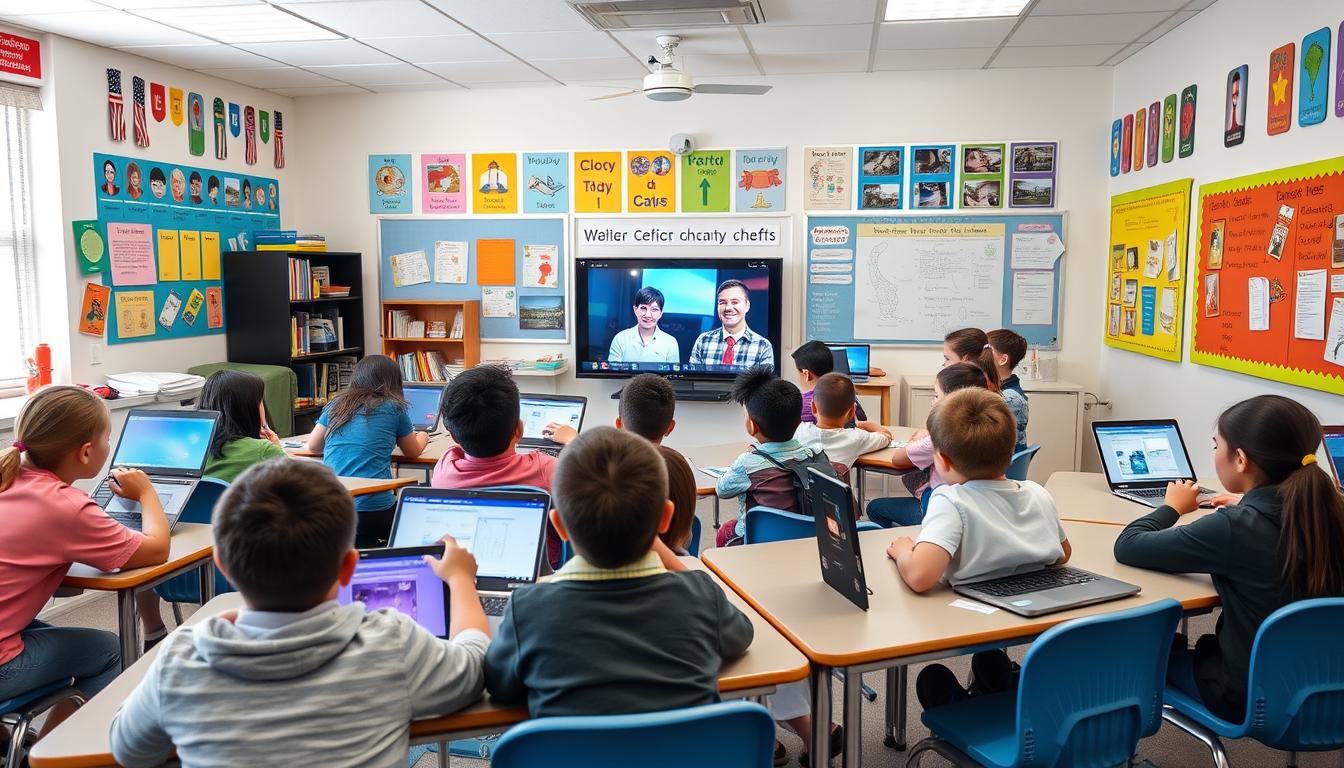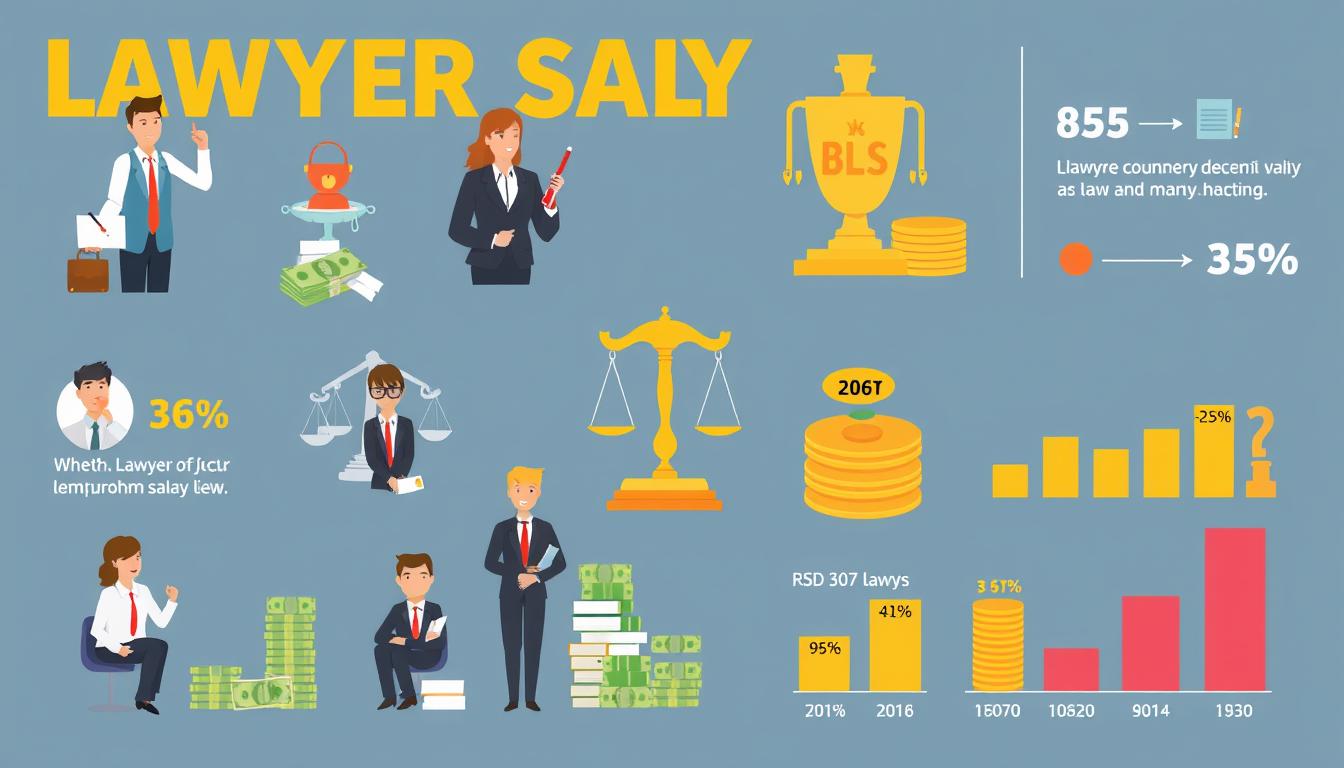In today’s rapidly evolving educational landscape, the need for a seamless and comprehensive digital learning platform has never been more critical. Enter Google Classroom 6x, a revolutionary tool that has transformed the way students and educators engage with the learning process. But what truly sets Google Classroom 6x apart?
Imagine a world where collaboration, communication, and content management coexist harmoniously, empowering both teachers and students to unlock their full potential. That’s precisely the vision behind Google Classroom 6x – a virtual learning environment that redefines the boundaries of modern education.
Key Takeaways
- Google Classroom 6x is a comprehensive digital learning platform that revolutionizes the way students and educators engage with education.
- The platform offers seamless collaboration, communication, and content management tools, enhancing the learning experience.
- Google Classroom 6x is designed to empower both teachers and students, unlocking their full potential in the digital age.
- The platform’s innovative features and intuitive interface make it a game-changer in the world of online education.
- Google Classroom 6x is poised to shape the future of learning, redefining the boundaries of modern education.
What is Google Classroom?
Google Classroom is a powerful digital classroom management platform that has revolutionized the way educators and students interact in the 21st-century learning environment. As a cloud-based teaching tool, Google Classroom seamlessly integrates with the broader Google Workspace ecosystem, providing a comprehensive suite of features that facilitate efficient digital classroom management.
Overview of Features
At its core, Google Classroom offers a range of features designed to streamline the learning experience. Teachers can create and distribute assignments, provide feedback, and track student progress, all within a centralized and user-friendly interface. The platform also enables seamless communication between educators and students, fostering collaboration and engagement through features like class discussions and announcements.
Importance in Education
The significance of Google Classroom in the education sector cannot be overstated. As a digital classroom management tool, it has transformed the way teachers and students interact, enabling a more efficient and personalized approach to learning. By leveraging cloud-based teaching tools, Google Classroom provides a flexible and accessible platform that adapts to the evolving needs of modern education, empowering both educators and students to thrive in the digital age.
“Google Classroom has been a game-changer in our school, streamlining classroom management and fostering collaborative learning among our students.” – Jane Doe, Principal
Getting Started with Google Classroom
Navigating the ever-evolving landscape of online education can be a daunting task, but with Google Classroom, the process becomes seamless and intuitive. This powerful online education platform offers a comprehensive solution for both educators and students, simplifying the transition to remote learning.
Creating Your Account
The first step in your Google Classroom journey is to create an account. Whether you are an educator or a student, the process is straightforward and user-friendly. Simply visit the Google Classroom website, click on the “Get Started” button, and follow the prompts to set up your account. With just a few clicks, you’ll be ready to embark on your google classroom experience.
Navigating the Dashboard
- Once your account is created, you’ll be greeted by the intuitive Google Classroom dashboard. This centralized hub provides a clear overview of your classes, assignments, and communication tools.
- The dashboard allows you to easily navigate between different classes, view upcoming deadlines, and stay organized with the help of customizable features.
- Familiarize yourself with the various sections of the dashboard, such as the “Stream,” “Classwork,” and “People” tabs, to ensure a seamless experience as you dive into the google classroom ecosystem.
By taking the time to understand the account creation process and explore the google classroom dashboard, you’ll be well on your way to unlocking the full potential of this powerful online education platform. Embrace the convenience and efficiency it offers, and watch as your learning experience transforms.
Key Features of Google Classroom
Google Classroom is a comprehensive digital platform that offers a wide range of features to enhance the learning experience for both educators and students. At the heart of its capabilities are the assignment creation and grading tools, communication features, and seamless integration with the broader Google Workspace ecosystem.
Assignments and Grading
Educators can easily create and distribute assignments to their students through Google Classroom. The platform allows them to set due dates, attach files, and provide detailed instructions, ensuring that learners have a clear understanding of the task at hand. The grading process is streamlined, with teachers able to leave comments, provide feedback, and efficiently track student progress within the platform.
Communication Tools
Effective communication is essential for fostering collaborative learning spaces and maintaining a strong connection between teachers and students. Google Classroom offers a range of communication tools, including a built-in discussion forum, private messaging capabilities, and the ability to share announcements with the entire class. These features facilitate real-time discussions, promote peer-to-peer learning, and enable teachers to address questions and concerns in a timely manner.
Integration with Google Workspace
Google Classroom seamlessly integrates with the company’s suite of productivity tools, known as Google Workspace. This digital classroom management integration allows educators and students to leverage the power of applications like Google Docs, Sheets, and Slides directly within the Classroom environment. This seamless integration streamlines workflows, encourages collaboration, and ensures that all learning materials and resources are centrally located and easily accessible.

“Google Classroom has revolutionized the way we approach education, making it more efficient, engaging, and accessible for both teachers and students.”
Benefits for Educators
Google Classroom is revolutionizing the way educators approach their workflow and engage with students. As a leading cloud-based teaching tool, this virtual learning environment offers a range of benefits that simplify the teaching process and enhance student engagement.
Streamlined Workflow
One of the most significant advantages of Google Classroom is its ability to streamline the workflow for educators. By providing a centralized platform for assignment distribution, grading, and communication, teachers can save valuable time and reduce the administrative burden associated with traditional teaching methods. The integration with Google Workspace further enhances productivity, allowing educators to seamlessly access and share educational resources, collaborate with colleagues, and track student progress.
Enhanced Student Engagement
Google Classroom’s virtual learning environment is designed to foster increased student engagement and participation. The platform’s intuitive interface and user-friendly tools make it easier for students to access learning materials, submit assignments, and engage in class discussions. This enhanced engagement can lead to improved learning outcomes and better preparation for future educational and professional endeavors.
Overall, Google Classroom’s cloud-based teaching tools and virtual learning environment offer a comprehensive solution that empowers educators to optimize their workflow, streamline administrative tasks, and foster a more engaging and collaborative learning experience for their students.
“Google Classroom has revolutionized my teaching approach, allowing me to spend less time on administrative tasks and more time focused on engaging my students and enhancing their learning experience.”
–Jane Doe, High School Teacher
Benefits for Students
Google Classroom offers a range of benefits that cater specifically to the needs of students. One of the key advantages is the easy access to learning materials. With all the course materials, assignments, and resources centralized in one online platform, students can conveniently access them from anywhere, streamlining their learning experience.
Moreover, Google Classroom fosters a collaborative learning environment, empowering students to work together on projects, share ideas, and engage in meaningful discussions. This collaborative approach allows students to learn from their peers, develop critical thinking skills, and cultivate a sense of community within the digital classroom.
Easy Access to Learning Materials
- Centralized access to course materials, assignments, and resources
- Ability to access learning materials from any device, anywhere
- Streamlined organization of course content and materials
Collaborative Learning Environment
- Opportunities for group work and project-based learning
- Facilitation of peer-to-peer discussions and knowledge sharing
- Development of essential collaborative and communication skills
By leveraging the features of Google Classroom, students can navigate their educational journey more efficiently, engage in collaborative learning spaces, and take an active role in shaping their academic success. This online education platform empowers students to thrive in the evolving landscape of modern education.
Tips for Maximizing Google Classroom
As a powerful digital classroom management tool, Google Classroom offers a wealth of features to streamline your teaching workflow and enhance student engagement. To get the most out of this versatile platform, consider these practical tips for organizing your class materials and configuring your notification settings.
Organizing Class Materials
Maintaining a well-organized digital classroom is crucial for both educators and students. In Google Classroom, you can simplify this process by leveraging the platform’s robust file management capabilities. Create distinct topic-based folders to keep all your class materials, including assignments, readings, and supplementary resources, neatly organized and easily accessible.
- Utilize the “Classwork” tab to sort and categorize your content by subject, unit, or topic.
- Upload files directly to Google Classroom or link to relevant resources stored in your Google Drive.
- Encourage students to stay on top of their work by providing clear instructions and easy access to all necessary materials.
Setting Up Notifications
Effective communication is key to a successful digital classroom experience. Google Classroom’s notification settings allow you to keep everyone informed and engaged throughout the learning process. Configure your preferences to ensure you and your students receive timely updates on assignments, due dates, and class activities.
| Notification Type | Importance for Educators | Importance for Students |
|---|---|---|
| New Assignments | Stay on top of grading and provide timely feedback. | Stay informed about upcoming work and deadlines. |
| Assignment Submissions | Monitor student progress and engagement. | Receive confirmation that their work has been submitted. |
| Announcements | Communicate important updates and changes to the class. | Stay informed about class announcements and events. |
By optimizing your use of Google Classroom’s organizational and communication tools, you can streamline your digital classroom management and foster a more engaging learning environment for your students.

Google Classroom and Remote Learning
In the wake of the pandemic, the demand for virtual learning environments has skyrocketed. Google Classroom, a powerful online education platform, has emerged as a vital tool in facilitating remote learning. By adapting traditional teaching methods to the digital sphere, educators can seamlessly continue their students’ educational journeys, even in the face of physical distancing.
Adapting to Online Education
Transitioning to a virtual learning environment requires a shift in mindset and pedagogical approaches. Educators must reimagine their lesson plans, leveraging the unique capabilities of Google Classroom to engage students in meaningful and interactive learning experiences. From pre-recorded video lectures to interactive quizzes and collaborative projects, the platform offers a diverse array of features to foster a dynamic online classroom.
Maintaining Student Participation
- Incorporate regular check-ins and feedback sessions to keep students motivated and engaged.
- Utilize breakout rooms and small-group discussions to encourage active participation and peer-to-peer collaboration.
- Integrate engaging multimedia content, such as virtual field trips and interactive simulations, to capture students’ attention and stimulate their curiosity.
By adapting to the challenges of online education and leveraging the power of Google Classroom, educators can create a vibrant and inclusive virtual learning environment, ensuring that students continue to thrive in their educational journeys, even in the face of physical distance.
Challenges and Solutions
As an increasingly popular cloud-based teaching tool, Google Classroom has revolutionized the way educators and students interact. However, with the adoption of any new technology, there are bound to be challenges that users may face. Understanding these common issues and having effective troubleshooting tips at hand can make all the difference in ensuring a seamless learning experience.
Common Issues Faced
One of the most frequently reported challenges with Google Classroom is connectivity and accessibility problems. Inconsistent internet access or device compatibility can hinder students’ ability to access learning materials and submit assignments on time. Additionally, some users may struggle with the platform’s navigation or find it difficult to organize their classroom content effectively.
Another common concern is the need for effective communication and collaboration between teachers and students. Ensuring that all participants are comfortable with the tools and can effectively exchange information can be a significant hurdle, especially for those new to the platform.
Effective Troubleshooting Tips
- Ensure all devices and browsers are up-to-date and compatible with Google Classroom.
- Encourage students to have a reliable internet connection, and provide alternative options for accessing learning materials, such as offline access or printed resources.
- Offer comprehensive training and tutorials to familiarize both educators and students with the platform’s features and functionalities.
- Establish clear communication channels and protocols, such as setting expectations for response times and utilizing features like announcements and private messaging.
- Regularly review and optimize the organization of class materials, assignments, and discussions to maintain a structured and intuitive learning environment.
By addressing these common challenges and implementing effective troubleshooting strategies, educators can ensure that Google Classroom remains a powerful and user-friendly cloud-based teaching tool that enhances the learning experience for all participants.
Future of Google Classroom
As the virtual learning landscape continues to evolve, the future of Google Classroom holds immense promise. The platform is expected to introduce a range of innovative features and enhancements that will further streamline the educational experience for both educators and students. One highly anticipated development is the integration of advanced virtual learning environment capabilities, allowing for more immersive and interactive online lessons.
Upcoming Features and Innovations
Google Classroom is poised to expand its robust suite of tools, catering to the growing demand for comprehensive online education platforms. Anticipated features include enhanced video conferencing capabilities, real-time collaboration tools, and integrated learning analytics to provide deeper insights into student progress. Additionally, the platform is expected to integrate seamlessly with emerging technologies, such as virtual reality and artificial intelligence, further revolutionizing the way educators deliver content and students engage with their studies.
Impact on Education Systems
As Google Classroom continues to evolve, its far-reaching impact on education systems worldwide is undeniable. The platform’s ability to bridge the gap between traditional classroom settings and virtual learning environments is poised to transform the way educational institutions operate. By facilitating more accessible and inclusive learning opportunities, Google Classroom has the potential to reshape the future of education, empowering students and educators alike to thrive in the digital age.













Leave a Reply